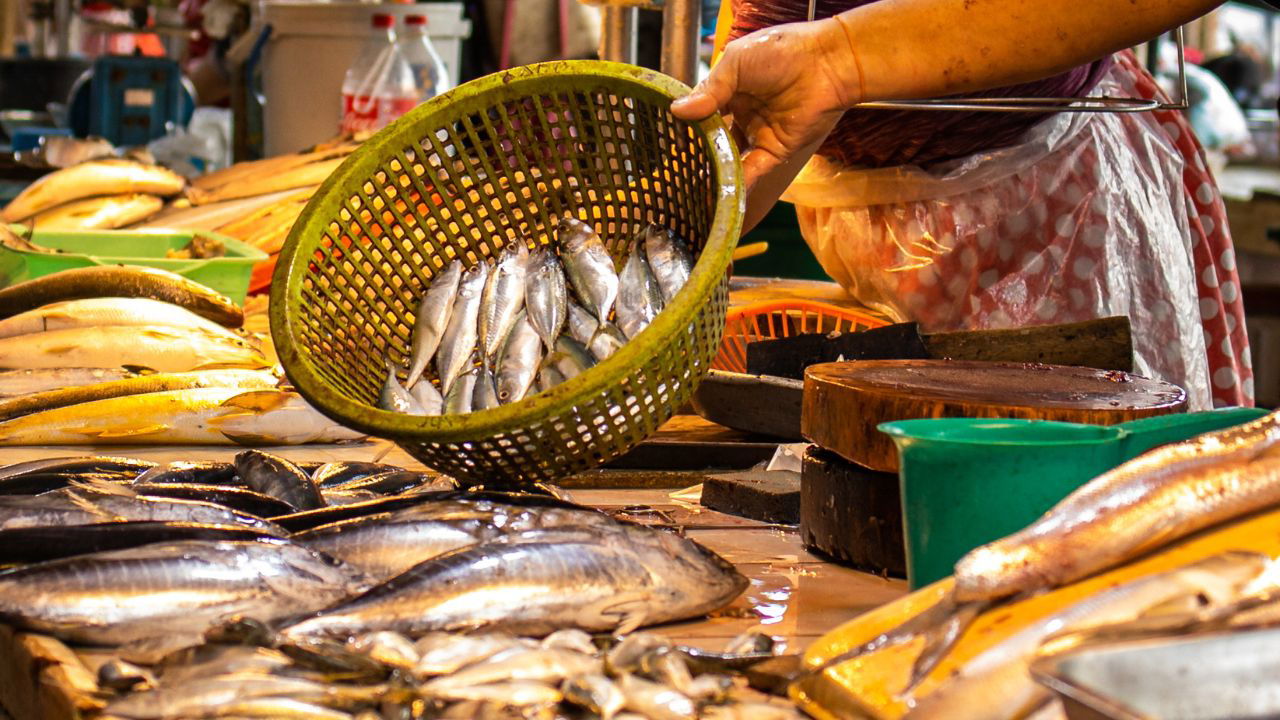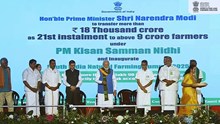
The Union Budget for 2025-26, presented by Finance Minister Nirmala Sitharaman in the Lok Sabha on February 1, 2025, has allocated a record Rs 2,703.67 crore for the fisheries sector, reflecting a 3.3% increase from last year’s Rs 2,616.44 crore. The budget prioritizes boosting deep-sea fishing, optimizing marine resource utilization, and improving financial inclusion for fishers. Here are the key highlights of the budget for the fisheries sector:
1. Major Boost to Pradhan Mantri Matsya Sampada Yojana
A significant portion of the allocation, Rs. 2,465 crore, has been dedicated to the Pradhan Mantri Matsya Sampada Yojana (PMMSY). This reflects a 4.8% increase from last year’s budget of Rs. 2,352 crore. The PMMSY is expected to strengthen infrastructure, support modern fishing techniques, and improve the livelihoods of fishers, particularly in coastal and rural areas, contributing to India’s overall economic development.
2. Harnessing India’s Marine Potential
The budget outlines a strategic framework to tap into India's vast Exclusive Economic Zone (EEZ) and High Seas, with a special emphasis on the Lakshadweep and Andaman & Nicobar Islands. India’s marine sector, covering an EEZ of 20 lakh sq. km and a coastline of 8,118 km, supports the livelihoods of nearly 50 lakh people. The government aims to develop high-value tuna and similar species while promoting deep-sea fishing through resource-specific vessels and capacity-building initiatives.
3. Development Plans for Andaman & Nicobar Islands
The government has identified Andaman & Nicobar Islands as a key zone for fisheries expansion, targeting its EEZ area of 6.60 lakh sq. km. This region holds a marine fisheries potential of 1.48 lakh tonnes, including 60,000 tonnes specifically for tuna fisheries. To maximize this potential, a dedicated Tuna Cluster has been notified, focusing on deep-sea tuna fishing, onboard processing and freezing facilities, and a streamlined licensing system. Additional initiatives include sea cage culture, seaweed farming, ornamental fish breeding, and pearl cultivation.
4. Development Plans for Lakshadweep Islands
With an EEZ of 4 lakh sq. km and a lagoon area of 4,200 sq. mt, Lakshadweep has a marine fisheries potential of 1 lakh tonnes, including 4,200 tonnes for tuna fisheries. A dedicated Seaweed Cluster has been introduced, incorporating policies for island-wise area allocation, leasing, and value chain management. Special initiatives include the formation of women Self-Help Groups (SHGs) and collaborations between ICAR institutions and private entrepreneurs to boost tuna fishing and ornamental fish farming.
5. Enhanced Financial Support for Fisheries Sector
To further empower fishers and stakeholders, the government has raised the Kisan Credit Card (KCC) lending limit from Rs. 3 lakh to Rs. 5 lakh. This increase aims to streamline credit accessibility for fishers, processors, and farmers, ensuring they have the necessary financial resources for operational expenses. The move is expected to drive rural development, modernize the fisheries sector, and improve economic stability.
6. Custom Duty Reductions to Strengthen Seafood Exports
The budget also includes significant reductions in import duties to boost India's seafood exports. Basic Customs Duty (BCD) on frozen fish paste (surimi) has been slashed from 30% to 5%, facilitating the production of value-added seafood products like imitation crab meat and shrimp analogues. Additionally, the import duty on fish hydrolysate, a key ingredient in aquafeed production, has been reduced from 15% to 5%. These measures are set to lower production costs, enhance profit margins for farmers, and increase global competitiveness in seafood exports.
The government's strategic push in the fisheries sector aims to boost exports, promote deep-sea fishing, and support sustainable marine resource utilization, reinforcing India's position as a global leader in seafood production.
















